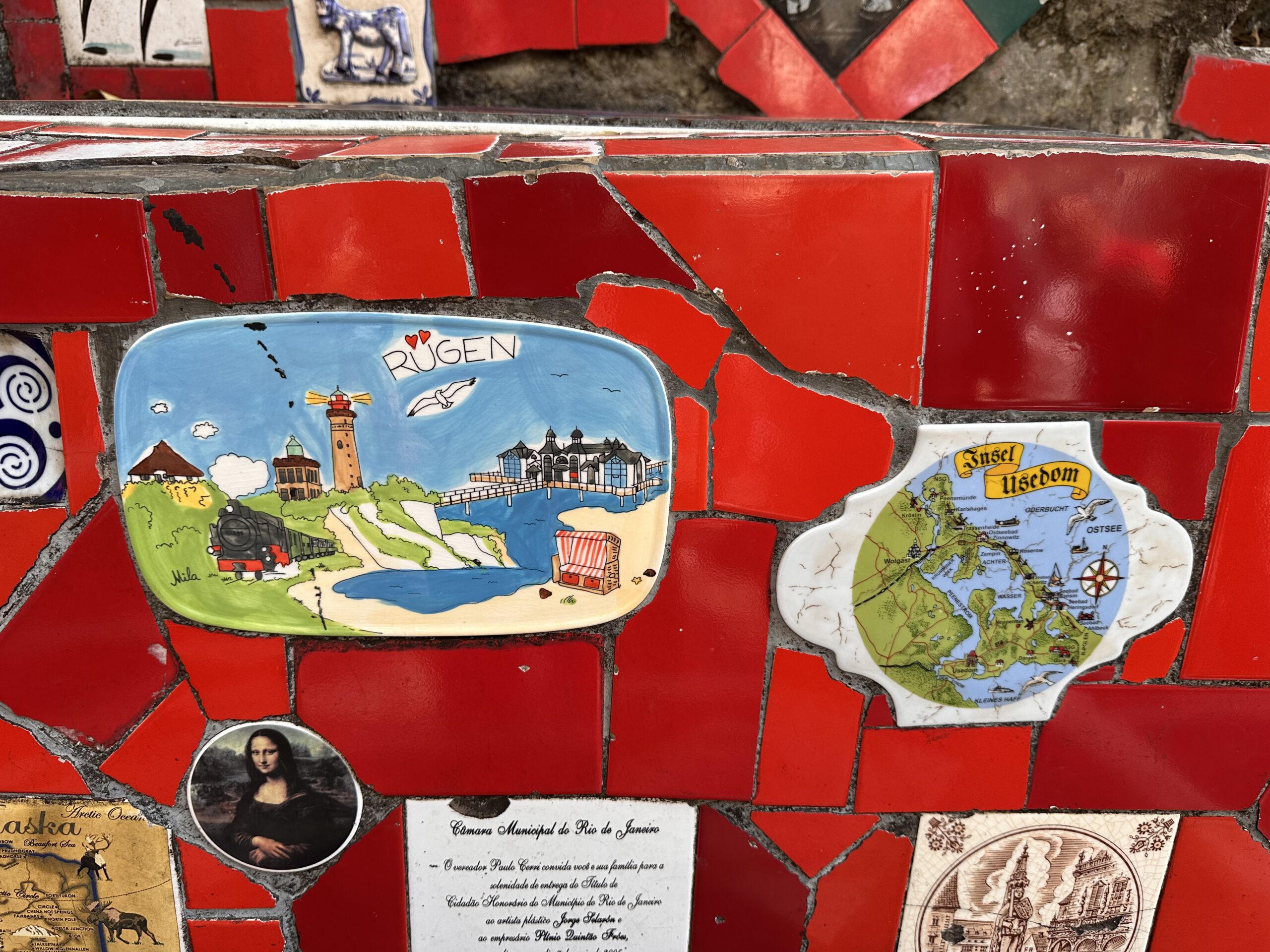Saphenion®: Therapie von Krampfaderrezidiven mit Venenkleber
Saphenion®: Therapie von Krampfaderrezidiven mit Venenkleber.
Es stellt sich die Frage, ob der Venenkleber auch als Therapie bei erneut auftretenden Stammkrampfadern – nach Stripping, nach Radiowelle oder Lasertherapie – einsatzfähig und effektiv ist.
Saphenion®: Treatment of recurrent varicose veins with vein glue.
The question arises as to whether vein glue can also be used effectively to treat recurrent trunk varicose veins after stripping, radio wave or laser therapy.





